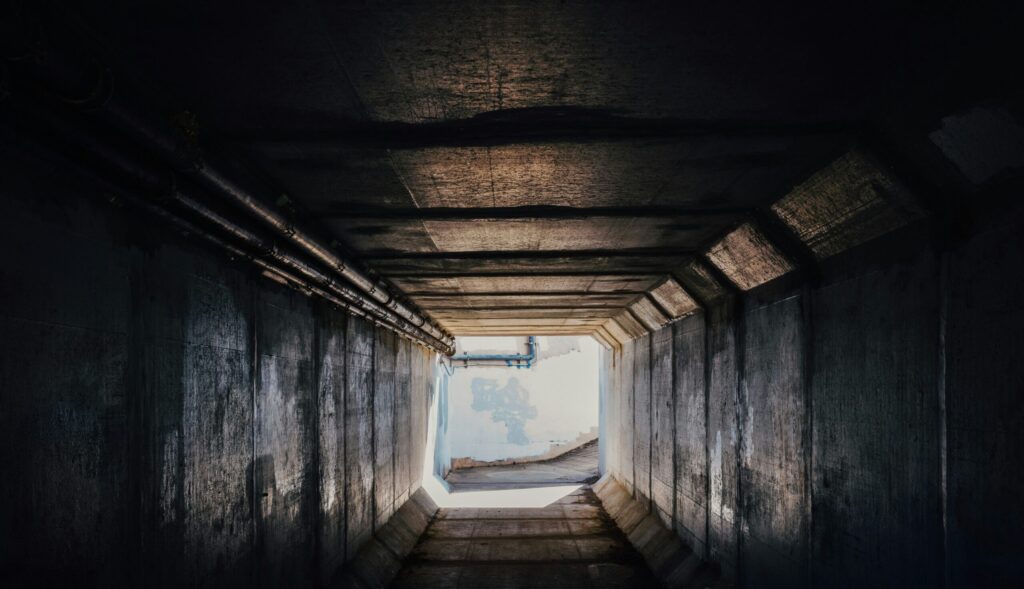
Welcome to Underground Switzerland
Switzerland might be known for chocolate, mountains, and neutrality — but below the surface lies a hidden world of over 360,000 bunkers, making it the most fortified civilian nation in the world. These Cold War-era structures were built to survive the apocalypse… and now, some are open to you. And you know we here at Cerca love a good bunker.
Whether it’s sleeping in a bunker hotel, tasting cheese aged in sandstone caves, or raving in a nuclear shelter, underground Switzerland is one of the most unusual travel experiences in Europe.
Why Switzerland Built So Many Bunkers
WWII and the Rise of the Réduit National
Switzerland remained neutral during WWII but was surrounded by Nazi Germany, Fascist Italy, and Vichy France. In response, Swiss military leaders implemented the Réduit National, a defense plan to retreat into mountain fortresses and wage guerrilla war from inside the Alps.
Tunnels, artillery bunkers, and secret military installations began appearing across the country — many disguised as barns, churches, and homes.
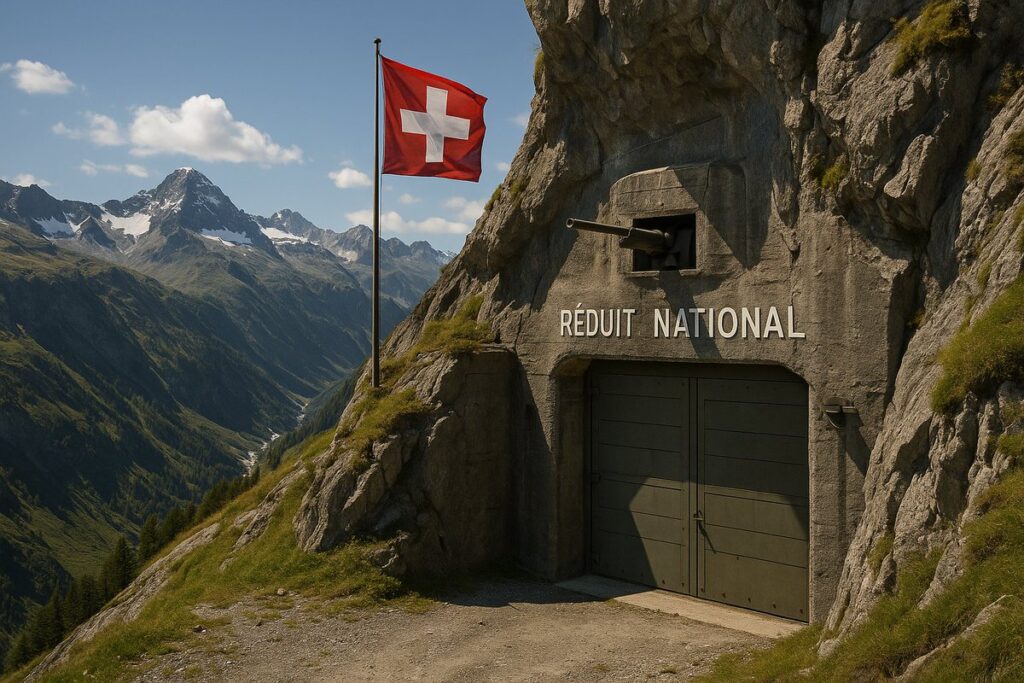
The Cold War and the Shelter Ordinance
When the Cold War began, Switzerland doubled down. In 1963, the government passed a law requiring a nuclear-proof shelter in every new building. By the 1990s, the Swiss had enough underground space to house their entire population.
And they still do.
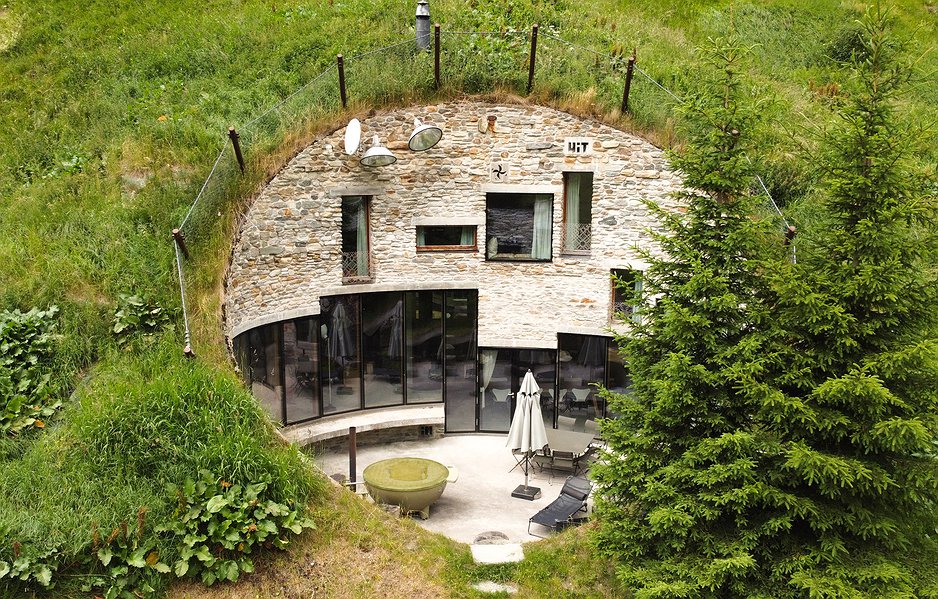
What Makes Switzerland’s Bunker System Unique
Massive Scale: Over 360,000 structures — more than any other country.
Designed to Last: Reinforced against nuclear blasts, with air filters, water supplies, and sealed doors.
Hidden in Plain Sight: Many disguised as chalets, rocks, or farms.
Repurposed, Not Removed: Many now serve as hotels, clubs, cheese caves, museums, or data vaults.
Even private homes often include personal bunkers, still mandated by law until 2012 in some cantons.
7 Incredible Bunker Experiences in Switzerland
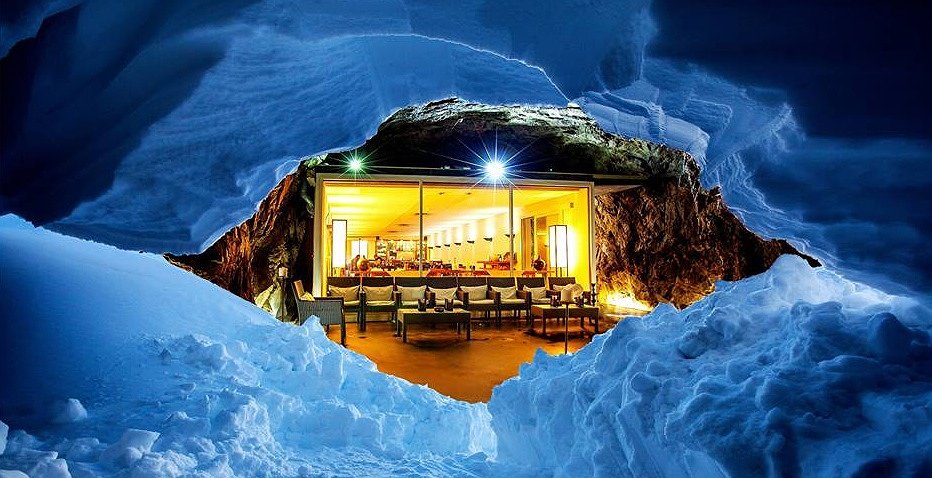
1. Stay at Hotel La Claustra — A Luxury Bunker Hotel
Tucked into the granite core of the Gotthard Massif, Hotel La Claustra is not your average boutique stay. It’s a surreal, subterranean refuge where guests sleep 100 meters below the surface in what was once a secret military fortress. You enter through an enormous blast door, descend a tunnel lined with dim lighting, and find yourself in a minimalist stone cathedral warmed by geothermal heat and silence. There’s no internet, no cell signal, and no windows — just raw mountain, flickering candles, and a strange sense of peace.
This is the kind of place you come to unplug completely. The rooms are carved into the rock and designed with a quiet elegance — think stone walls, handmade bedding, and meditation nooks. Meals are communal, cooked on-site, and served with Swiss wine in a candlelit dining hall that used to house soldiers. It’s part bunker, part wellness retreat, and part Bond villain lair — only you’re the villain, and your evil plan is to relax really hard.
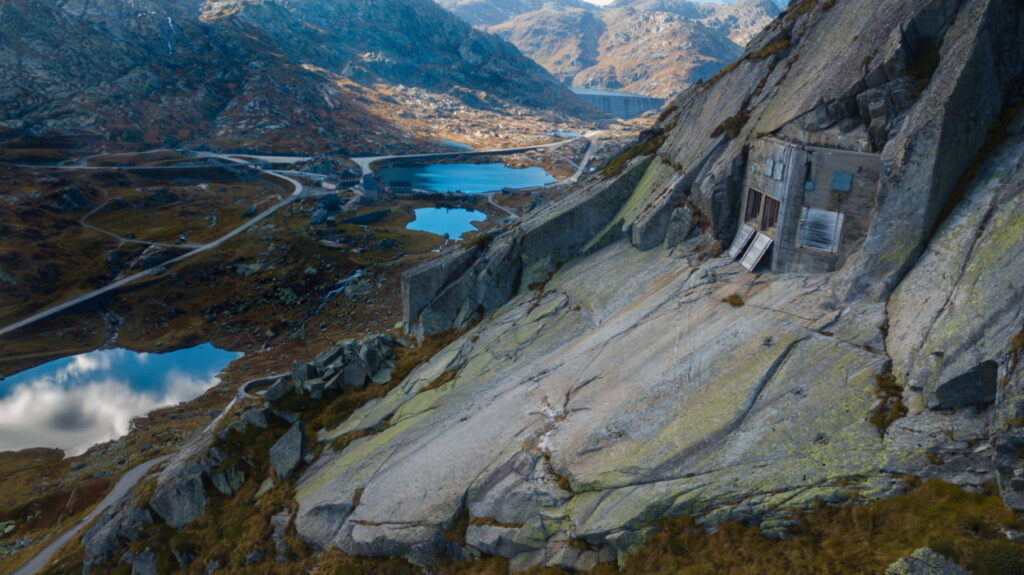
2. Visit Sasso San Gottardo — An Underground Artillery Fortress
Once a top-secret military installation at 2,100 meters altitude, Sasso San Gottardo is now one of Switzerland’s most fascinating historical attractions. Originally carved into the mountain during WWII to protect strategic routes through the Gotthard Pass, the fortress housed massive cannons, living quarters for soldiers, and its own power plant. Today, you can walk through the same tunnels and artillery halls — the massive steel doors and echoing halls still intact.
But this isn’t just a relic of war. Sasso has been reimagined as part museum, part multimedia experience. Inside you’ll find a Cold War cannon still pointed at Italy, but also exhibits on sustainability, climate change, and the fragility of civilization. One of the most talked-about installations? A room that asks visitors to choose 100 items to preserve humanity. It’s part history lesson, part philosophical mind trip — and all located inside a mountain that was once ready for the apocalypse.
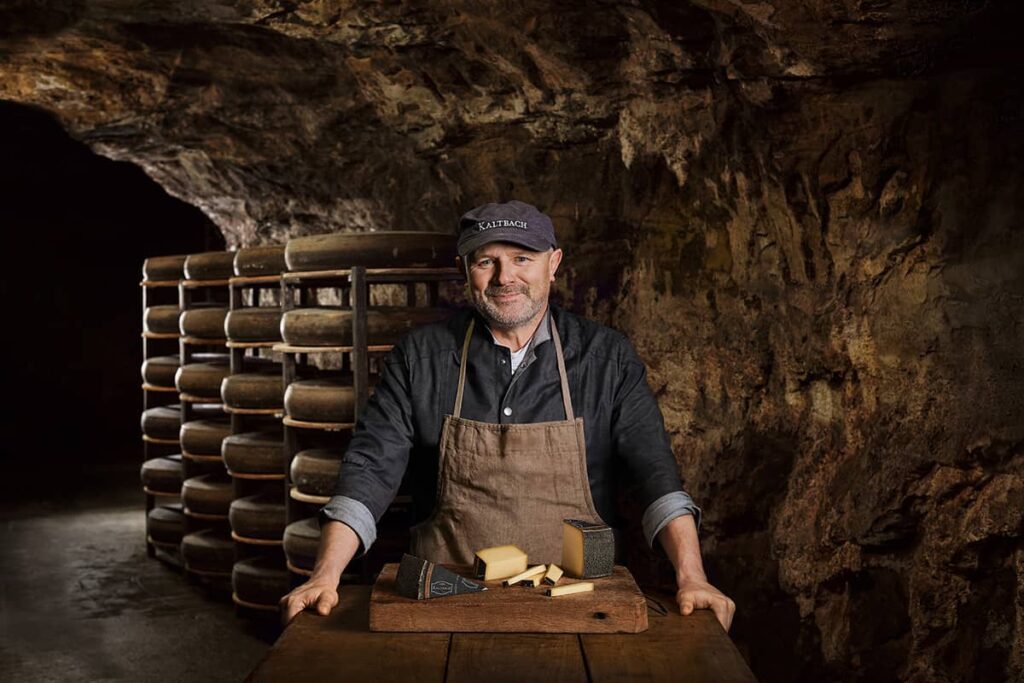
3. Taste Cheese in the Kaltbach Caves
Underneath a sandstone hill near Lucerne lies the Kaltbach Caves, a naturally humid cavern system that happens to be cheese-aging heaven. The caves are home to over 22 million kilos of Emmental and Gruyère, all maturing in total darkness under the careful watch of master affineurs. The natural airflow, stable temperature, and 94% humidity make it the perfect environment for cheese to develop complexity, character, and a funky personality.
Visitors can tour the tunnels, meet the experts, and — yes — sample the goods. The flavors are deeper and nuttier than anything you’ll find in a supermarket, and each wheel carries the taste of subterranean time. You’ll learn how the cave’s minerals affect the cheese, and how the process of daily turning and brushing creates those famous flavors. And don’t worry — there’s a tasting room above ground, with wine pairings and a shop to take home edible souvenirs.
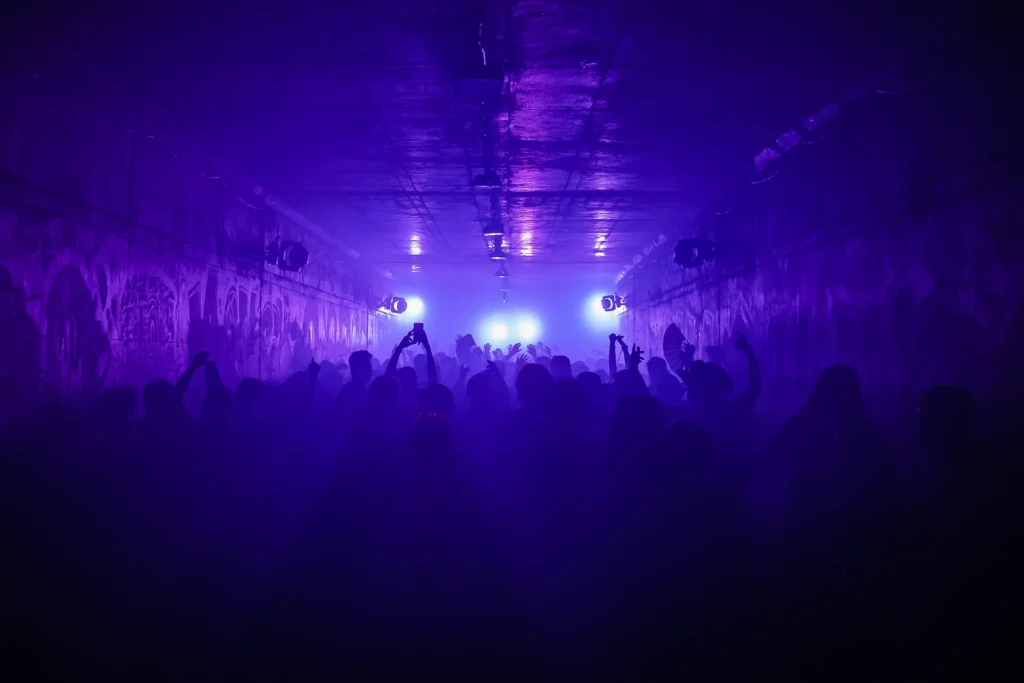
4. Party in a Fallout Shelter in Gstaad
In a town more famous for ski resorts and royals, Club Eremitage stands out for a very different reason — it’s located in an actual Cold War fallout shelter. Once part of Switzerland’s civil defense system, the bunker now functions as a cutting-edge nightclub during select events. Think heavy steel doors, fog machines, Funktion-One sound systems, and a dancefloor surrounded by reinforced concrete.
It’s not open every weekend — which only adds to its cult appeal. Events are private or invitation-based, and the crowd is a mix of locals, artists, and in-the-know travelers looking for a party that feels more like a cinematic fever dream. There’s no cell service and limited lighting, which only enhances the surreal “post-apocalyptic rave” energy.
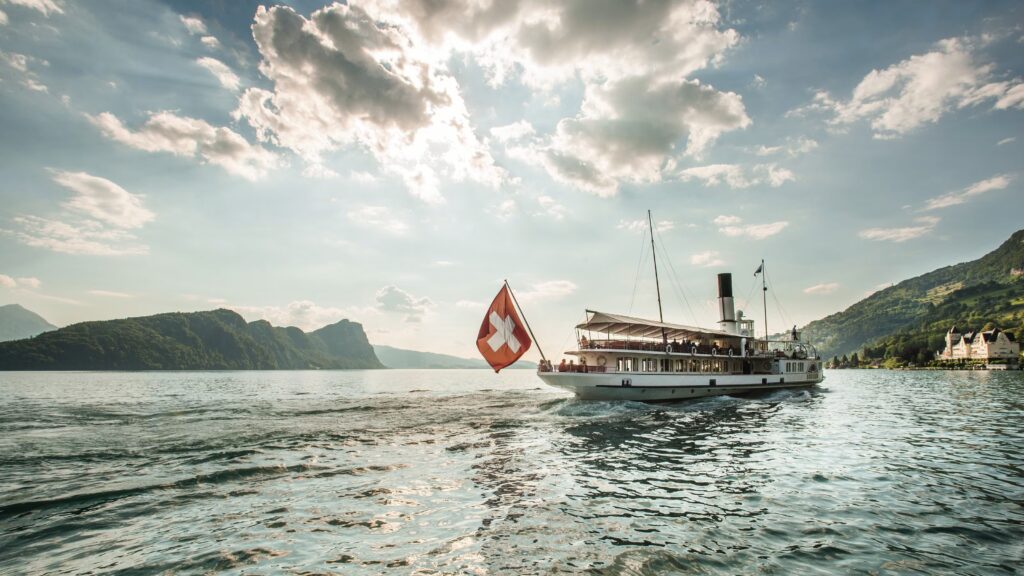
5. Explore Festung Vitznau — A Fortress Overlooking Lake Lucerne
Built in secret during WWII and hidden behind fake rock faces, Festung Vitznau is a marvel of military deception and engineering. Perched above Lake Lucerne, it was part of the Réduit National strategy — equipped with artillery, soldier quarters, a command center, and lookouts disguised as part of the cliff. You wouldn’t know it was there unless you looked very closely (or got shot at from a “barn” with hidden gun slits).
Today, Festung Vitznau is open to visitors and feels like a time capsule of 1940s Swiss military life. You’ll walk through perfectly preserved dorms, strategy rooms with wartime maps, and narrow concrete hallways that echo with history. Guides bring the era to life, sharing stories of Swiss neutrality, mountain warfare strategy, and the psychological weight of living underground. The view from the artillery platform — out over the serene lake — adds a surreal contrast.
Find listings by searching “Festung Vitznau Museum” on Swiss tourism sites.
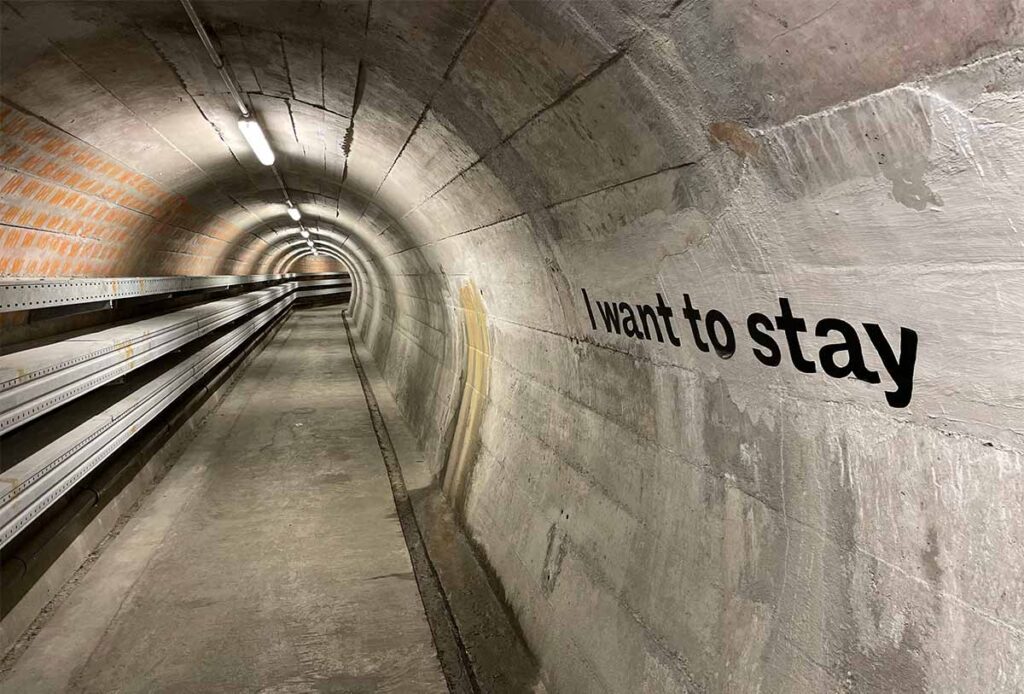
6. Tour Sonnenberg Bunker — One of the Largest in the World
Beneath Mount Sonnenberg in Lucerne lies one of the largest civilian bunkers on the planet. Designed in the 1970s during peak nuclear paranoia, the Sonnenberg Bunker could shelter 20,000 people — and it’s built under a highway. The engineers literally constructed the autobahn over the roof of the bunker, cleverly hiding one of Europe’s biggest survivalist megastructures.
Tours take you through medical bays, decontamination rooms, dormitories, and food storage areas. You’ll see how every single need was accounted for — from psychological wellness to poop disposal systems. Some sections are still maintained for civil defense, while others function as educational exhibits. It’s a fascinating glimpse into what life underground might have looked like if the Cold War had gone hot.
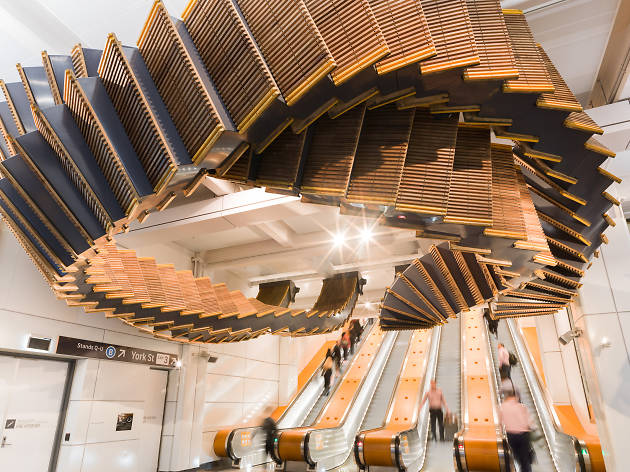
7. Zurich’s Underground: Train Station Bunkers, Art Spaces, and More
Zurich is a city built with precision and foresight — and that includes below street level. Underneath Zurich’s main train station, you’ll find a hidden civil defense bunker designed for 20,000 people. It was constructed with its own ventilation systems, food supplies, and medical facilities, in case of nuclear catastrophe. While it’s not always open, special tours do happen — usually during national civil protection weeks or architectural festivals.
Beyond that, Zurich’s underground scene is thriving in more creative ways. Former bunkers have been converted into art galleries, like the Löwenbräukunst Bunker, where avant-garde installations contrast beautifully against gray concrete. There are also Bitcoin vaults, climate-controlled archives, and even yoga studios inside old fallout shelters. Zurich proves that even in a hyper-modern metropolis, the Cold War is still right under your feet — and sometimes, it’s full of NFTs and downward dog.
How to Visit These Bunkers
| Site | Location | Type | Booking Required? |
|---|---|---|---|
| Hotel La Claustra | Airolo | Hotel/Bunker | Yes |
| Sasso San Gottardo | Gotthard Pass | Museum | Yes |
| Kaltbach Caves | Lucerne area | Cheese Cellar | Yes |
| Sonnenberg Bunker | Lucerne | Civil Bunker | Yes |
| Festung Vitznau | Lake Lucerne | Military Fortress | Yes |
| Zurich Bunker Tours | Zurich | Varies | Some |
| Club Eremitage | Gstaad | Nightclub | No (event-based) |
Pro Tips:
Bring a jacket — it’s cold year-round underground.
Some sites are only open seasonally (typically spring to fall).
English tours may require booking in advance.
Respect all rules — many locations are part-owned by civil defense agencies.
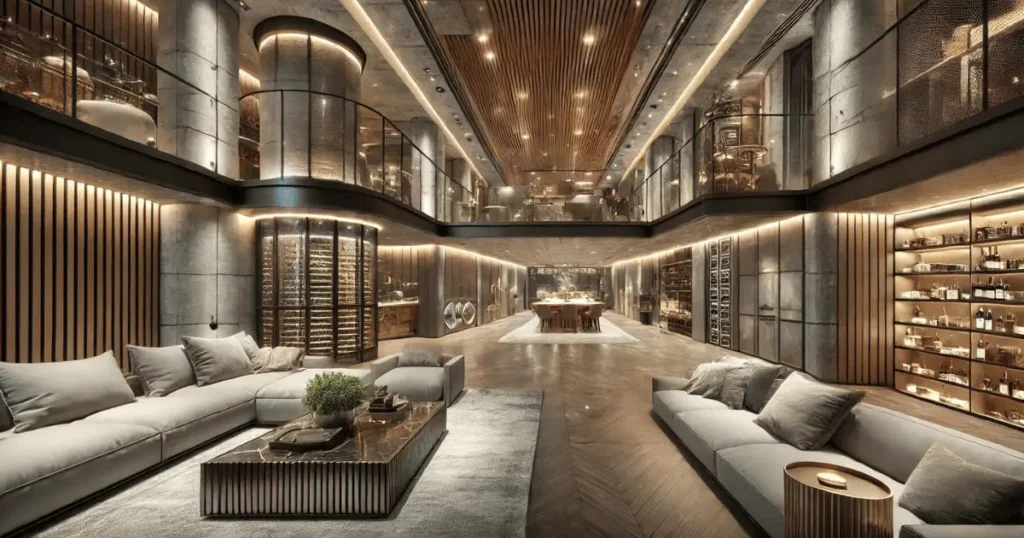
Why This Matters: The Bunker as Swiss Identity
In Switzerland, bunkers aren’t just concrete leftovers from a forgotten war — they’re physical manifestations of the country’s core values. They represent neutrality without naivety, preparedness without panic, and design with purpose. They’re not monuments to fear, but expressions of confidence. Quiet. Subtle. Unshakably Swiss.
Where other nations saw Cold War fallout shelters as temporary, reactive measures, the Swiss saw them as permanent infrastructure — as essential as clean water, trains, or democracy. The idea wasn’t just to survive a nuclear war, but to do it comfortably, efficiently, and in style. Bunkers were stocked, ventilated, and maintained with the same care the Swiss give their watches and their chocolate.
This attitude is baked into the national psyche. Switzerland has always occupied a delicate position in Europe — landlocked, wealthy, and neutral, but bordered by some of history’s most volatile powers. The response wasn’t militarism. It was method. It was precision. It was engineering. The bunker system was less about fighting than about enduring. Less about aggression, more about autonomy.
Even today, the principle endures. Many Swiss families still keep emergency kits. Civil defense remains a living part of public policy. And while most of the world dismantled its Cold War paranoia, Switzerland simply updated its blast doors.
In an age of uncertainty — from climate change to cyberwarfare — Switzerland’s bunkers remind us that preparing for disaster doesn’t have to be dramatic. It can be deliberate. Even beautiful.
Underground, you can feel it: a country that built not just for survival, but for continuity — for the quiet, steady rhythm of a nation that never intended to run, only to endure.
The Future of Switzerland’s Bunkers
Some are decommissioned and sold — turned into mushroom farms, cheese vaults, and digital data centers.
Others remain in standby, waiting for the day they might be needed.
And a few? They’ve become unlikely tourist destinations — windows into a mindset, a moment in history, and a surreal world beneath the Alps.
Links
MySwitzerland.com — Official Swiss Tourism